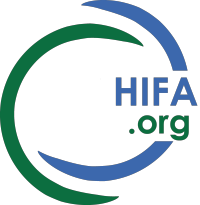[in response to Kenneth L Chanda, Zambia: https://www.hifa.org/dgroups-rss/assessing-language-barriers-health-faci... ]
Thank you for your note. In Malawi, official recent linguistic statistics are not available; no national studies have been conducted in the past 30 years. Informal online sources suggest that Malawi has 16 languages. Among these, three — Chichewa, Tumbuka, and Yao — are more widely spoken across larger populations. Lomwe, though less commonly used in public settings, has experienced a kind of renaissance in some areas where it is spoken at home.
Unfortunately, there is a noticeable decline in vocabulary across all these languages, which, as we have observed, can have serious implications for medical communication. This issue is particularly concerning because not everyone agrees that medical students should receive training in vernacular languages.
Currently, I am working on a second paper examining the content and utilisation of the health passport by healthcare workers. A health passport is a small booklet used to record patient visits and treatments. I address this topic in a dedicated section of the paper. Since the health passport is written in English and offers limited space for documentation, most information must be conveyed to patients verbally. This requires clear and unambiguous communication in the local language to ensure understanding.
An anecdote was related to us by a clinician during our study. He directed a young mother to administer a certain medication to her baby with lukewarm water. She returned a few days later with the baby still not having improved much. When she was asked whether she had given the baby the medication as instructed, she answered that yes, she had put it in the baby’s bath water and she made sure the water was warm.
Kind regards
Amelia
HIFA profile: Amelia Taylor is a Lecturer in AI at Malawi University of Business and Applied Sciences. Interests: Malawi AI, NLP, Health Informatics, Data Visualisation. ataylor AT mubas.ac.mw

